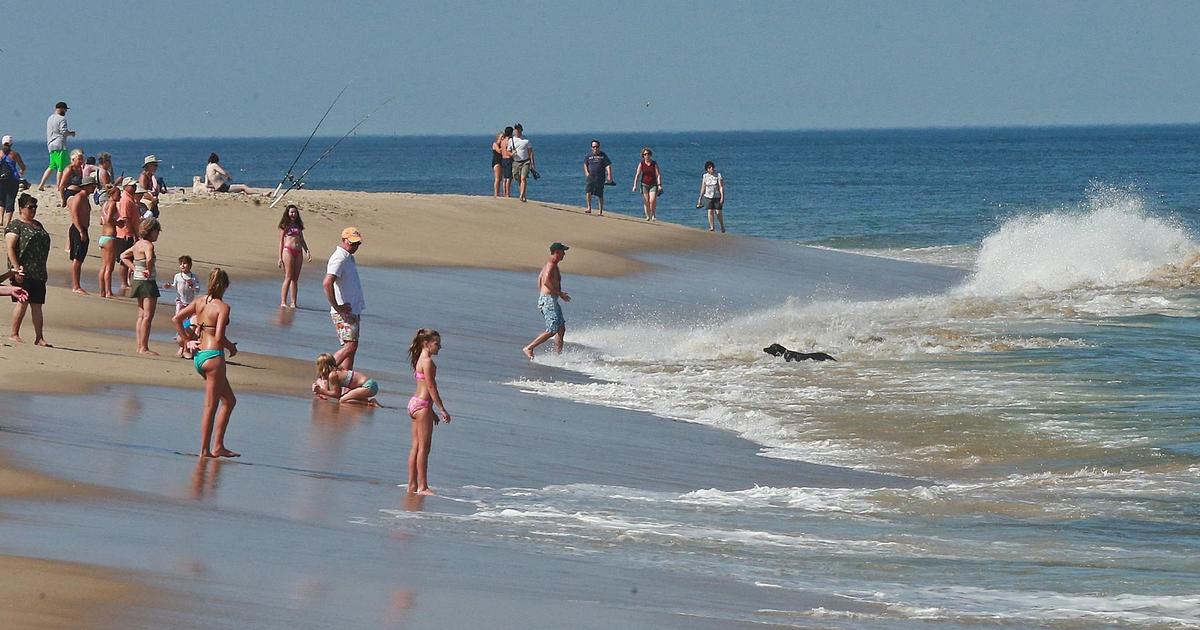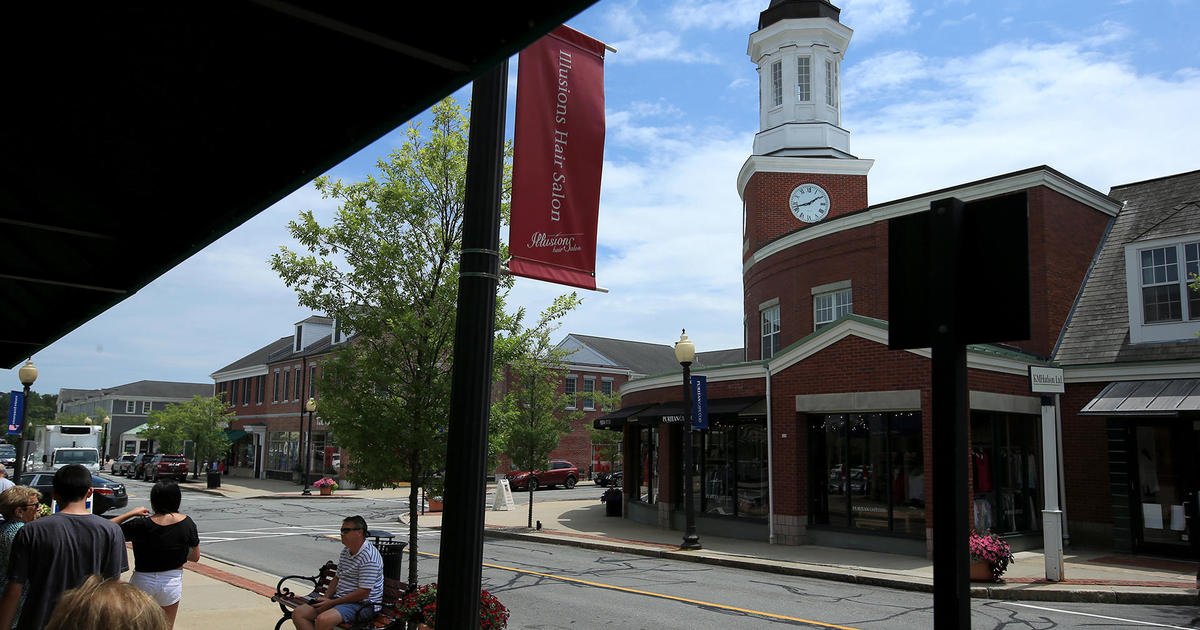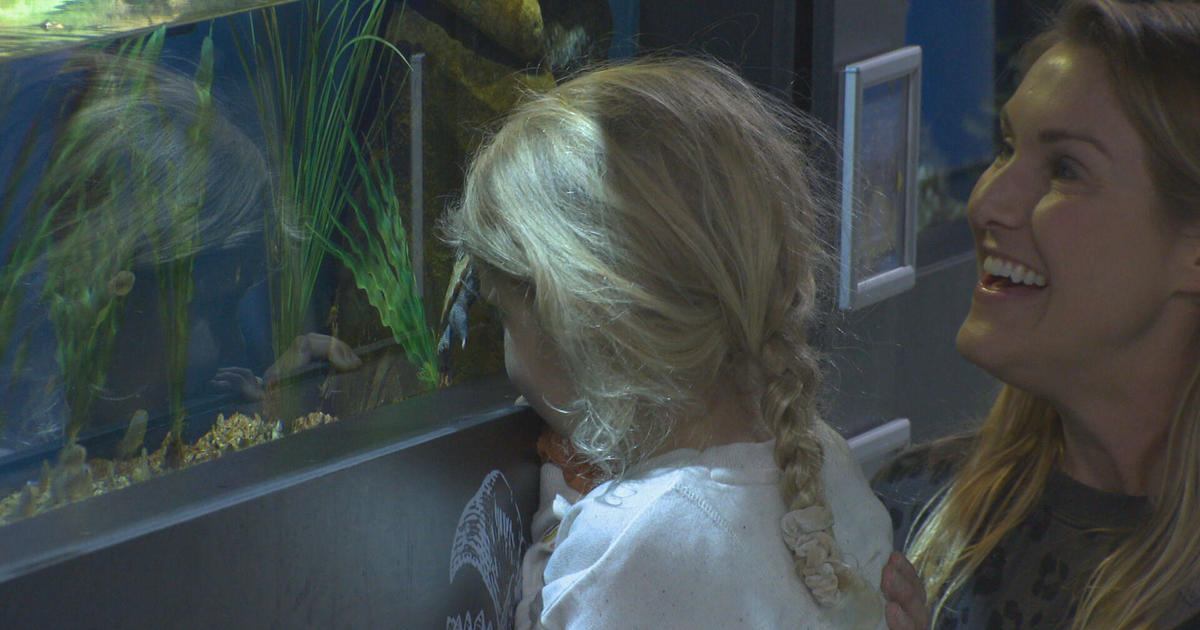Cape Cod National Seashore Turns 50
HYANNIS (CBS) -- An important birthday is coming up this summer on Cape Cod as the National Seashore, the country's first oceanfront national park, turns 50.
Today, 44,000 acres of land is preserved and put out of the reach of developers because of the bill President John F. Kennedy signed on August 7, 1961.
President Kennedy had a deep love for the Cape.
"He loved to walk the beach. He walked that beautiful beach in Hyannis Port all the time, and sometimes during the worst of times, sometimes until dawn when he had the weight of the world on his shoulders," said Rebecca Pierce Merrick, one of the founders of the John F. Kennedy Museum in Hyannis, and currently one of its curators.
The creation of a national park on Cape Cod was a hot button issue at the time, however.
"There was a lot of controversy. It was the post war building boom starting to happen on Cape Cod, and there were lots and lots of people who didn't want to preserve all of that land and seashore and wanted to move forward with development." explained Pierce Merrick.
The creation of the National Seashore put a brake on development on much of the Outer Cape.
"When you get to the Outer Cape," Pierce Merrick said, "what you have is just the pure natural beauty that we all love. So yes, it could have been very honky-tonk."
The park's current superintendent, George Price, is thankful the Cape Cod National Seashore came to be. He's a believer in the power of nature.
"This might sound corny, but it's life-changing," he said. "And I think that's very similar to a lot of other units of the national park system nationwide. These are our country's most special places."
Part of the motivation for preserving the Outer Cape was the commercialization of Miami Beach and the New Jersey shore. Many people were opposed to the same thing happening here.
Today, the park is facing challenges from Mother Nature, losing about three feet a year of beach to erosion.
Todd Gutner on National Seashore and Mother Nature
Price said, "The Cape has been transforming since the glaciers left, so it has always been a dynamic process, with the storms and the waves and the wind, all having an effect on this fragile place."
The changing environment at the Cape Cod National Seashore provides a working laboratory for scientists. For example, they've been monitoring pollution deposits in kettle ponds and now have 30 years of data.
"We have also been working with the communities, trying to do a lot of wetlands restoration because we know as sea levels change and as storm activity changes, when you are in a coastal community, if you have very healthy salt marshes, then you are going to better prepared," Price said.
Depleted salt marshes compounded the impact of Hurricane Katrina in the New Orleans area, for example.
In terms of the level of scientific research, Price believes the Cape Cod National Seashore is second only to the Everglades.
For more information on the celebration this summer at the Cape Cod National Seashore, click here. You can also view or submit photos to the online Memory Album.



